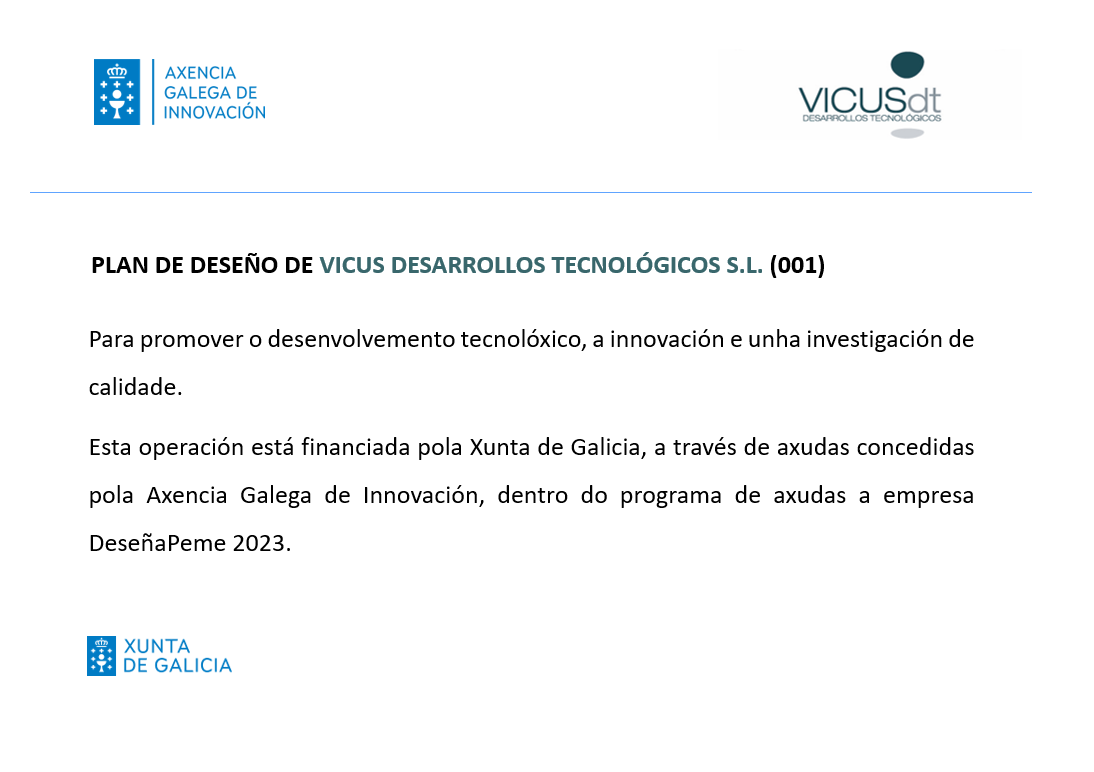One of the most important problems for ship owners of fishing vessels is the fuel consumption. Part of the problem arises from the hull and propeller hydrodynamics. Major modifications of the ship hull for improving its hydrodynamic performance are only a feasible alternative for new ships and the opportunities for improving the performance of old vessels are therefore limited to minor changes.
Nevertheless, it is possible to achieve a reduction in fuel consumption through improved hydrodynamics of ship appendages, that applies not only to new designs but also to ships in operation, providing the ship owner with tools for improving the propulsive efficiency of the ship. This article is the continuation of a series of articles about the role of the rudder on the improvement of energy efficiency of fishing vessels. In the previous articles the studies have been focused exclusively on CFD methodology while in this one towing tank data will be analyzed. The goal of this paper is to demonstrate that it is possible to make reductions on fuel consumption by carrying out slight modifications on the rudder geometry.
Designing wake adapted rudders for fishing vessels allows to achieve fuel consumption reductions on service ships with a cheap and simple change (the old rudder must be substituted for the new one) but on the other hand, the rudder needs to be tailor designed for each ship, requiring an extensive hydrodynamic analysis and resulting in somewhat complicated rudder surfaces.
In this article, the ongoing studies about energy efficiency in rudders are presented, analyzing two different improved cases. For this investigation, both potential and viscous CFD tools have been used in order to find optimal solutions for the shape of our rudder, using solutions such as the “Costa Bulb”, twisted rudders or additional twisted fins.






